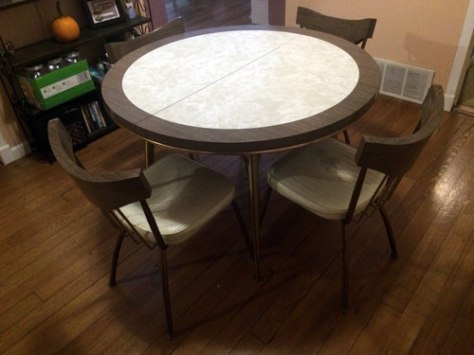Remember when we had a friend over to take pictures of our house for possible inclusion in Lloyd Kahn’s new book, Small Homes?
We were included, and two copies of the book arrived in the mail today. Eep!

It was fun to look at the pictures, which showed how the house looked in December 2015, before I redecorated four rooms, swapped out a bunch of furniture and discovered the magic of cheap IKEA shoe bins. Sometimes I forget how far we’ve come in here, and seeing old photos — accompanied by a narrative showing my thoughts at the time — gives me a nice sense of accomplishment to counterbalance all the times I walk in here, see what needs to be done and get frustrated with myself because I haven’t done it yet. (Yeah, kitchen floor, I’m lookin’ at you.)


Even before all my projects last year, our house looked fairly spacious, and I’m proud to have it featured in the book, where hopefully it will inspire somebody else to experiment with minimalism and downsizing. It isn’t carved out of the side of a hill, sculpted by hand from cob, rescued from the brink of demolition or located in a picturesque forest or desert, but Kahn’s justification for its inclusion delighted me, because it sums up my reasons for sending him photos and information in the first place:
“As you may know, our building books are generally heavy on graphics and light on details. However, this meticulous rendering by Emily and Ron of their ideas for living in a small space, and the cost-conscious ways they’ve carried out their goals is rare and useful, practical information.” — LK
I hope people do find it useful and practical, and if anybody found out about this blog by way of the book, I strongly encourage you to search my Eco-Saturday and Tiny Tuesday tags to see more examples of our efforts to save space and live lightly on the planet. And, of course, if you found out about the book by way of this blog, I encourage you to support Kahn’s work by buying a copy or clicking over to The Shelter Blog to see what else he’s got up his sleeve. He’s done some great work over the last few years, and we always keep a copy of his Tiny Homes book handy to fuel our daydreams.
Oh, and mad props to our friend Laura Simon, photographer extraordinaire, who shot a bunch of the photos that ended up in the book. (We’ll be giving her the second copy of the book, of course.)
Emily












